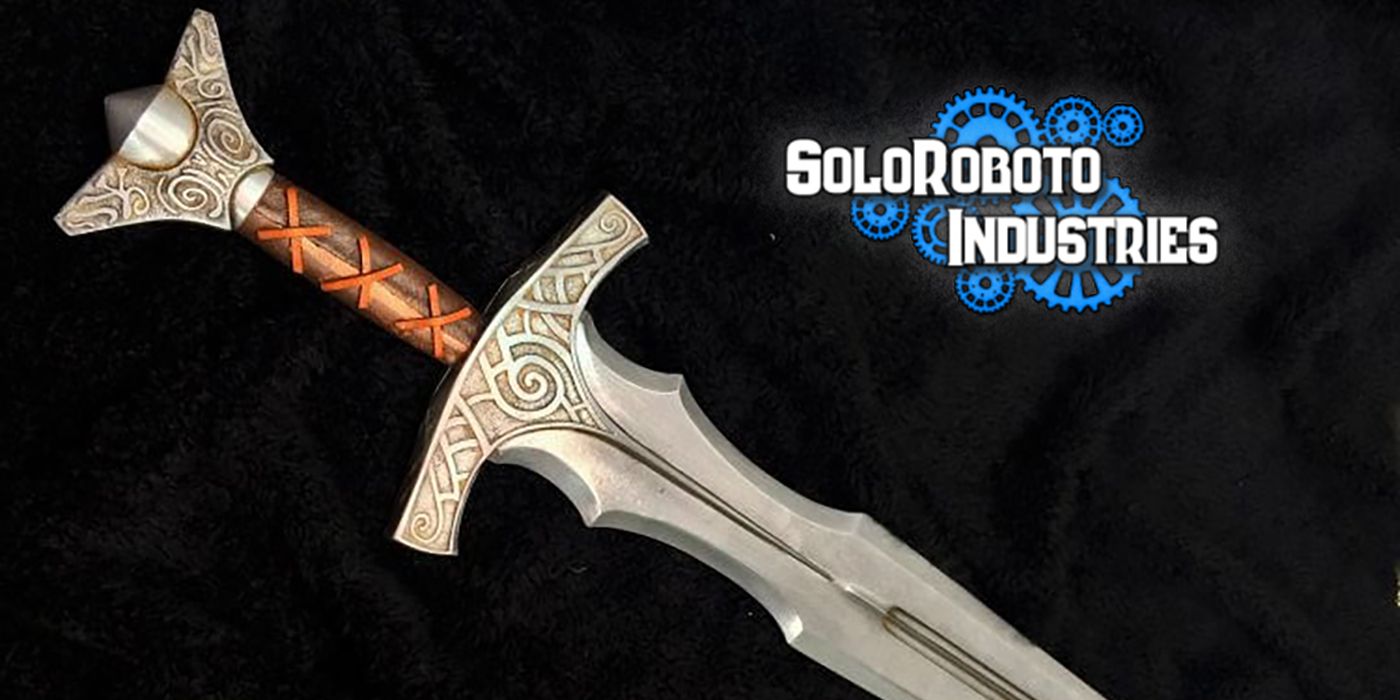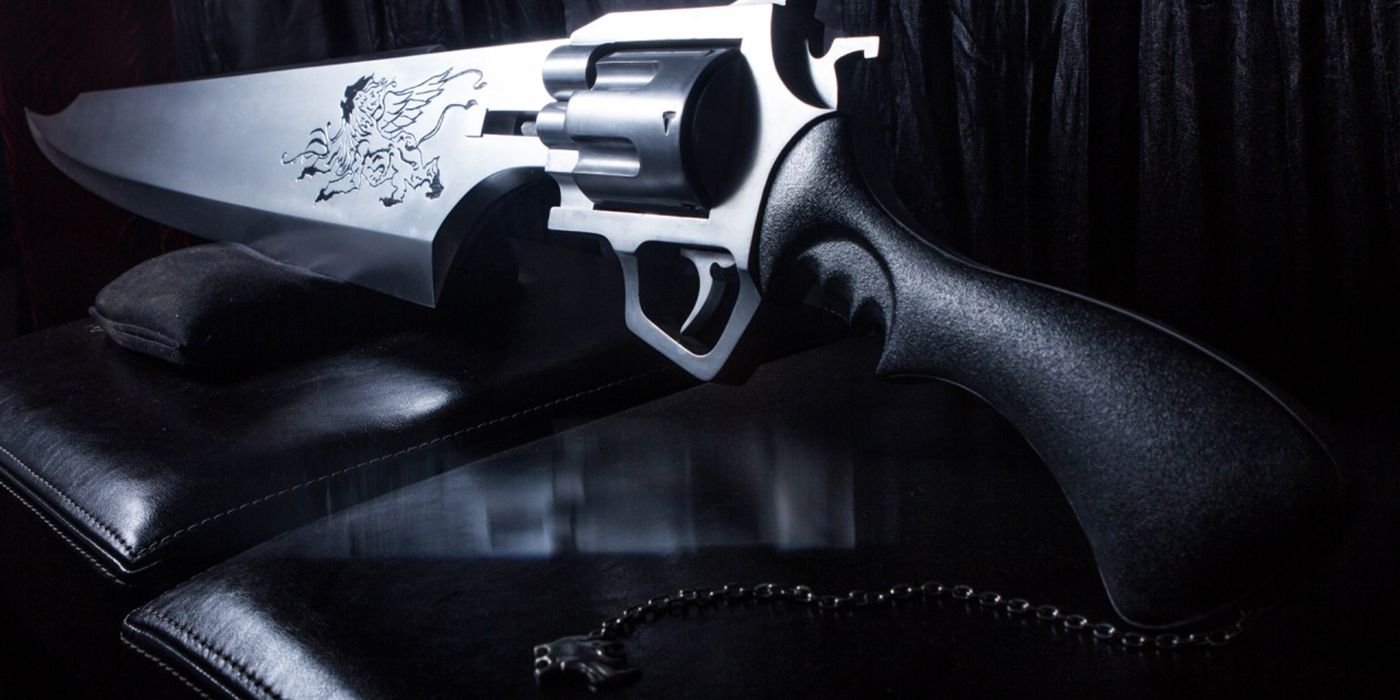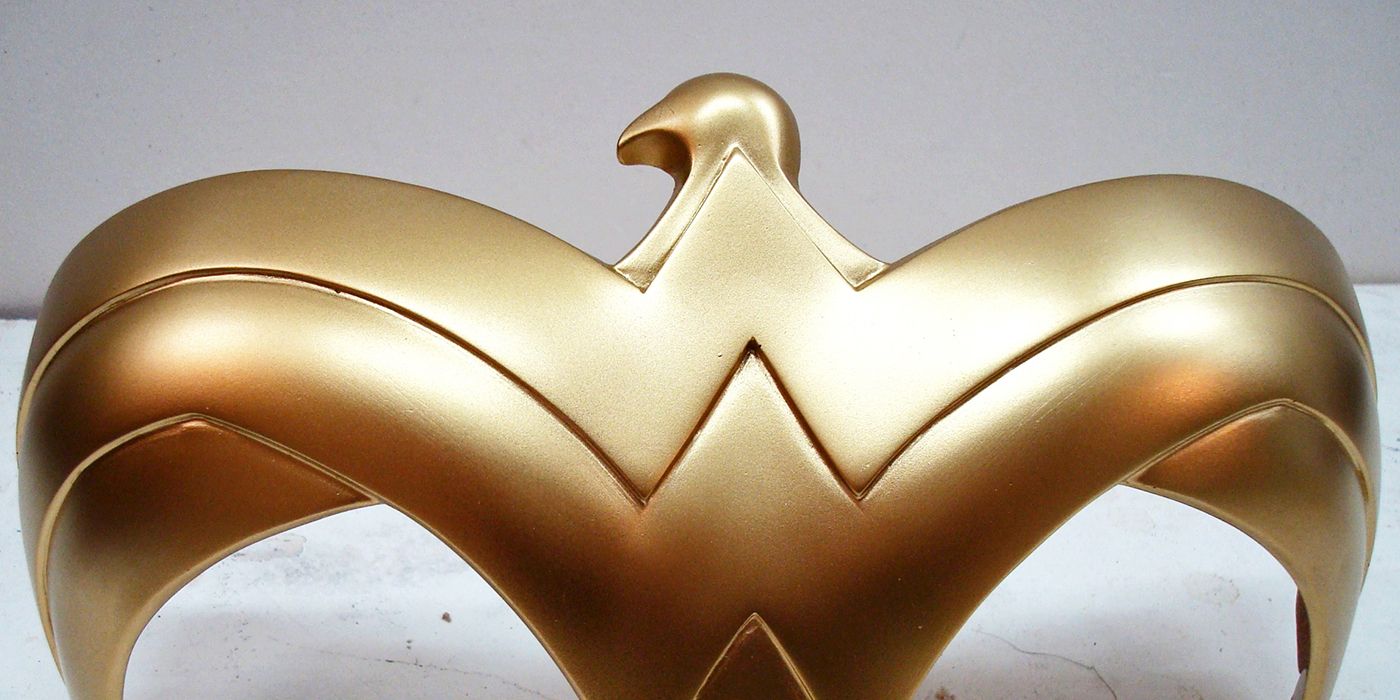
Turning to pros for advice is one of the smartest moves a fledgling cosplayer can make, and Steven Meissner fits that criteria. A professional costumer and prop maker with over a decade of experience, Meissner is the lead artist and owner of SoloRoboto Industries. His books, A Robot's Guide to Sanding and A Robot's Guide to Bondo, contain a wealth of knowledge for cosplayers of all skill ranges, and both are currently available as a part of Humble Bundle's Return of the Cosplay Book Bundle until July 22
Meissner has made a career out of producing screen-accurate replicas of movie costumes, props, and video game weaponry, and is happy to share lessons he learned the hard way with fellow craftspeople. Game Rant recently spoke to Meissner about topics including safety precautions, sanding techniques, and recommended tools for fine detail work. Whether they are working on relatively simple costumes or detailed recreations of complex armor, cosplayers of all skill levels can benefit from his insights.
RELATED: Resident Evil Village Fan Reveals Impressive Bela Dimitrescu Cosplay

Wearing respirators is second nature for seasoned foam and 3D-printing smiths, but those new to the hobby may wonder if they are necessary. In Meissner's experience, the answer is an emphatic yes, as there are numerous dangers associated with particle inhalation.
"Most of the stuff we sand (foam, plastic, body filler) can't be broken down by the body - meaning it sits in your lungs. The stuff we can break down places horrendous stress on the body - much of which we can recover from, if we give it time to do so."
Those working on a brief, one-and-done project can probably get away with using a few N95 respirators, but Meissner urges committed hobbyists to invest in an upgrade. Silicone respirators that rely on cartridges will outlast a box of paper, disposable respirators, and offer superior protection. Even though silicone respirators are more expensive, they will still only cost $15 to $20, making a reusable respirator one of the smartest purchases a cosplayer can make.
Meissner also had some advice for cosplayers experimenting with new tools. He said taking things slowly and practicing on scraps or other disposable materials is the best way to accrue skill - similar to practicing wig trimming. When in doubt, asking an experienced friend for a demonstration and some early supervision can go a long way toward developing one's technique. Lone wolves who are at loss, or crafters trailblazing into new territory for their friend group, can also consult YouTube for video demonstrations.

Sanding is one of the most labor-intensive parts of prop and armor making, but it also has a tremendous impact on the final quality of a piece. Meissner's primary tips are simple enough: don't do unnecessary work, and don't try to "cheat."
"Each step of making a thing smooth takes... however long it takes. Stick to it until you're there. Don't overdo it, but don't skip ahead either."
Using 1,000 grit sandpaper on an object that will be painted and primed is unnecessary, as the coatings will cover fine scratches. By the same token, it is important to use a given grit thoroughly before moving onto a higher, finer grit. Jumping ahead will make thicker lines smoother without eliminating their striations, resulting in more work down the line.
RELATED: Travel Back In Time With This Wonder Woman Cosplay
Putting this wisdom into practice is mostly a matter of experience, and moderating effort on a case-by-case basis. Unlike drying or curing times for paint, there is no predetermined number of hours after which a cosplayer can declare a piece finished. When planning a cosplay, it is important to be flexible when it comes to budgeting time for sanding.

Sanding in broad strokes takes a lot of elbow grease, but the real devils reside in fine detail work. Meissner recommends a specific type of tool for shaping intricate lines and recessed areas in foam: riffler files. Not to be confused with needle files, which are intended for metalwork rather than plastic or foam, riffler files come in a variety of shapes that accommodate all kinds of difficult designs. Cosplayers will want to make sure the files they are purchasing have actual grit on them, however. The "diamond coated" variety of riffler files are the best bet, according to Meissner.
A Robot's Guide to Sanding and A Robot's Guide to Bondo are available as a part of Humble Bundle's Return of the Cosplay Book Bundle until July 22.
MORE: Streamer Booted from Call of Duty Twitch Tourney Because of Dr. Disrespect Cosplay
Source: Humble Bundle

